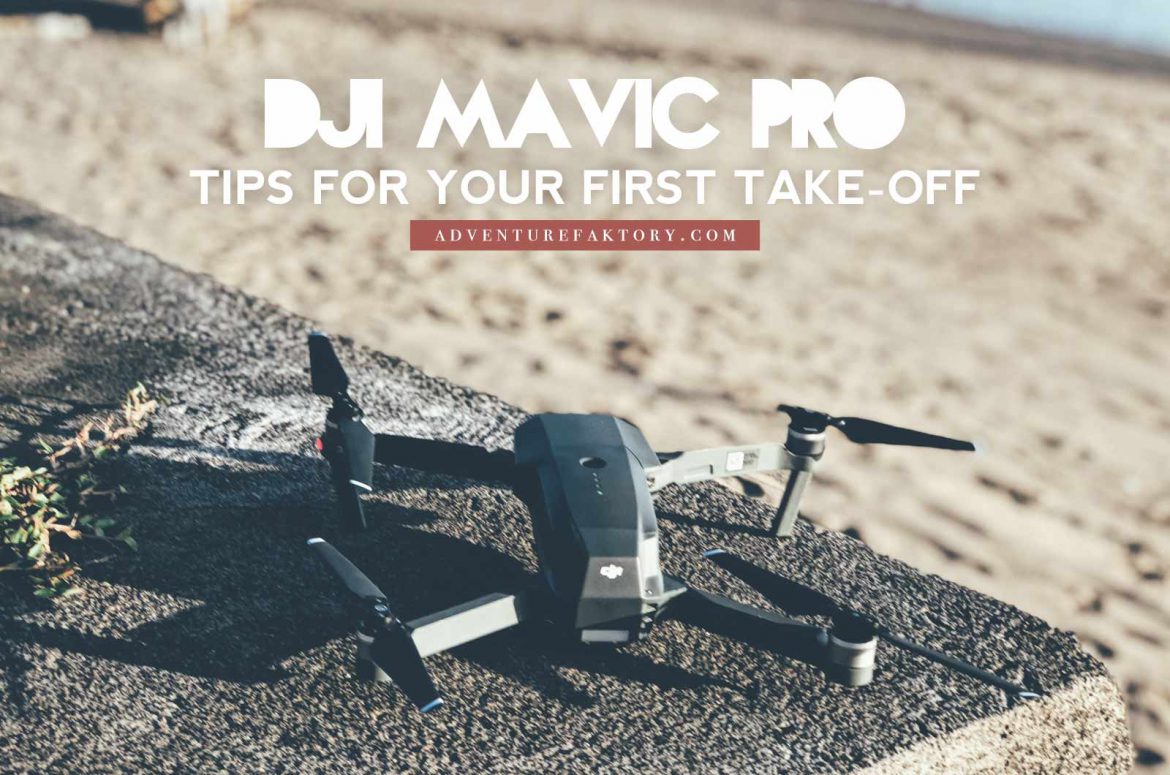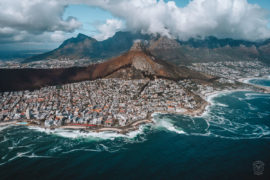We love flying our drone and have learned tips and tricks the hard way by crashing it and having horrible footage! We don’t want that to happen to you, so here is our little bible if you just bought your DJI Mavic Pro.
It’s all cool, you just bought your DJI Mavic Pro, you are excited and just want to fly it high to snap the oh-so-desired aerial shot you’ve been seeing on Instagram. Hold your horses! There are things we would rather you to know once you’ve unboxed your DJI Mavic Pro rather than after your first flight.
The first steps
Of course, unbox your drone and right away go and charge the controller and the battery. Then if you want to fly it the same day, you can attach the propellers as per instructed from your user manual!
Resist the temptation to fly straight out of the box
Just what we said at first. Don’t be THAT person on YouTube that flew their drone right after unboxing, mostly when done indoors! The DJI Mavic Pro is capable of flying indoor with its great sensors, but you can’t predict what can happen on an initial flight because you still haven’t checked for updates, settings or even didn’t calibrate it yet! Many things can happen such as lost of connection, no set “return to home” GPS location, etc.
Protect your Drone
As much as you think it might be solid and compact, this drone can still be vulnerable when you leave it around your house or when you travel with it. How? Well be safe rather that sorry, you could be leaving it in a corner to charge or update and before you know it the dog decides to run into it or the kid didn’t see it and stepped on it. You’d be surprised on the number of accidents which involves someone stepping on the drone so make sure to leave it at a place it can’t be stepped on! Also invest on a case that is well-padded, after spending that much on a drone, you might want to not chea out on padding it well.
Take the gimbal clip and camera cover off
First of all NEVER travel without these protectors. In saying that, many people forget to remove the clip and cover before turning the drone on. The drone always does some auto-calibration when you turn it on so your gimble/camera with move quite around. You can damage your device if you left the protective gear on. Quick tip, put a bit post it on your drone if you are the forgetting type of person!
Verify for updates
To take further precautions, updates should be checked EVERYTIME before flying. You will get the notification when you connect your DJI Mavic Pro controller to the DJI Go app. This should be done before your flight. You will need strong WiFi signal to download the firmware upgrades and you will need patience. This is not like updating your app on your mobile; it requires time and can take from half and hour to longer. So do plan to check on updates the day before you fly or a bit prior of when you plan to do so. If you don’t have good connection and still want to fly it, we would say go at your own risk as we believe it’s really NOT a good idea at all to fly without the latest updates installed on your DJI. Note that they do offer regular updates to improve the smoothness of your DJI Mavic Pro, but also to increase its safety.
Play with the camera settings
Before flying, make sure you understand the DJI Go App quite well and that you have had a good look at the camera settings. Understand what each settings does and play with them to be able to manouvre with efficiency when you will be flying your drone. There will be important things you need to get a hold on, like the the gimbal sensitivity (to get smoother footage), the ISO, the shutter, the format, etc.
Calibrate
We recommend to go through this everytime you fly, but for the first take off, this is MANDATORY! Calibration is for your controller, the gimbal and the drone’s internal compass. Calibration is also something you can do for your controller’s buttons to be able to have smoother and precise control and also footage!
Check for the battery life, again!
Well after updataing, testing the settings and all that, you probably have drained out some battery so make sure to charge everything up again to 100% before you head out to fly!
Take-off from a safe location
The DJI Mavic pro has a legit good “Return to home” system but that will be on point if you have set your GPS coordinates well, hence why we recommend you to fly in a clear and safe location with no GPS interceptions and obstacles. This will be crucial if you end up losing connection with you drone. Ideally, always take-off your drone on a safe spot as your drone won’t automatically detect if you are landing on grass, concrete or other surfaces.
Test the flights modes on your first flight
Before jumping into creating epic footage, learn how to master the various flight modes the DJI Mavic offers to you. Again, go to practice to fly these modes in a wide open space before getting into your footage mission. There is ActiveTrack, for example, that tracks a moving object and follows it while avoiding obstacles. We will talk more about these modes later!
Always make sure you are on focus
The footage you observe on your phone is quite small and you could not notice if you are in focus or not while filming/taking a photo. Simply tap on the part of the image you want to focus on through the phone app. Your controller also has a button that automatically with focus on the centre of the screen. There is nothing more frustration than transferring your files or zooming in after your flight to realize everything you took is blurry!
Press record
“DUH”, you are saying to yourself. I’m always annoying Mitch to make sure he is recording! It might be obvious, but many people still forget to do so! Make sure when you are flying, you look regularly at the screen to see the record red sign. You can also make shorter clips to make sure you don’t end up with a big clip to cut afterwards.
If you like this article, follow our Adventures on Facebook, YouTube, Twitter, Instagram @adventurefaktory & @adventurefaktoryactive , Snapchat AFtravels, but most importantly sign up to our E-mail list to keep up with new posts and updates!





